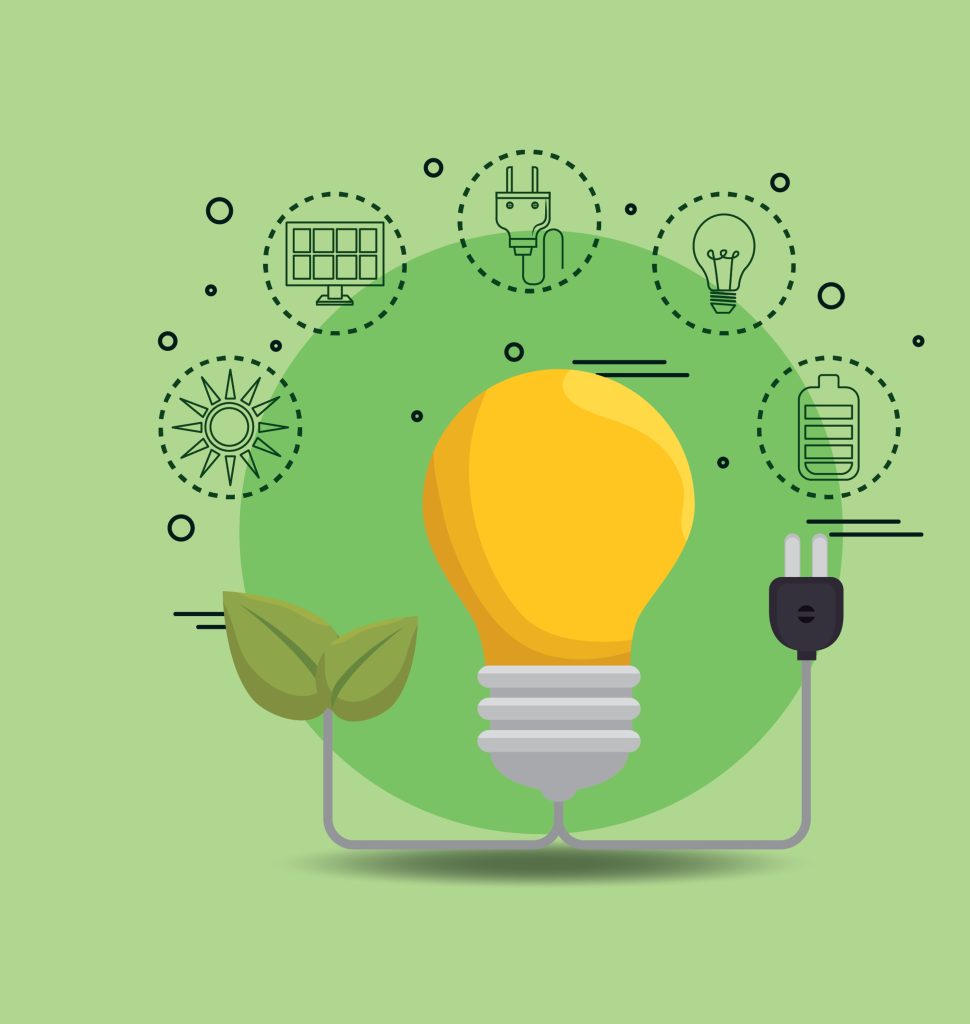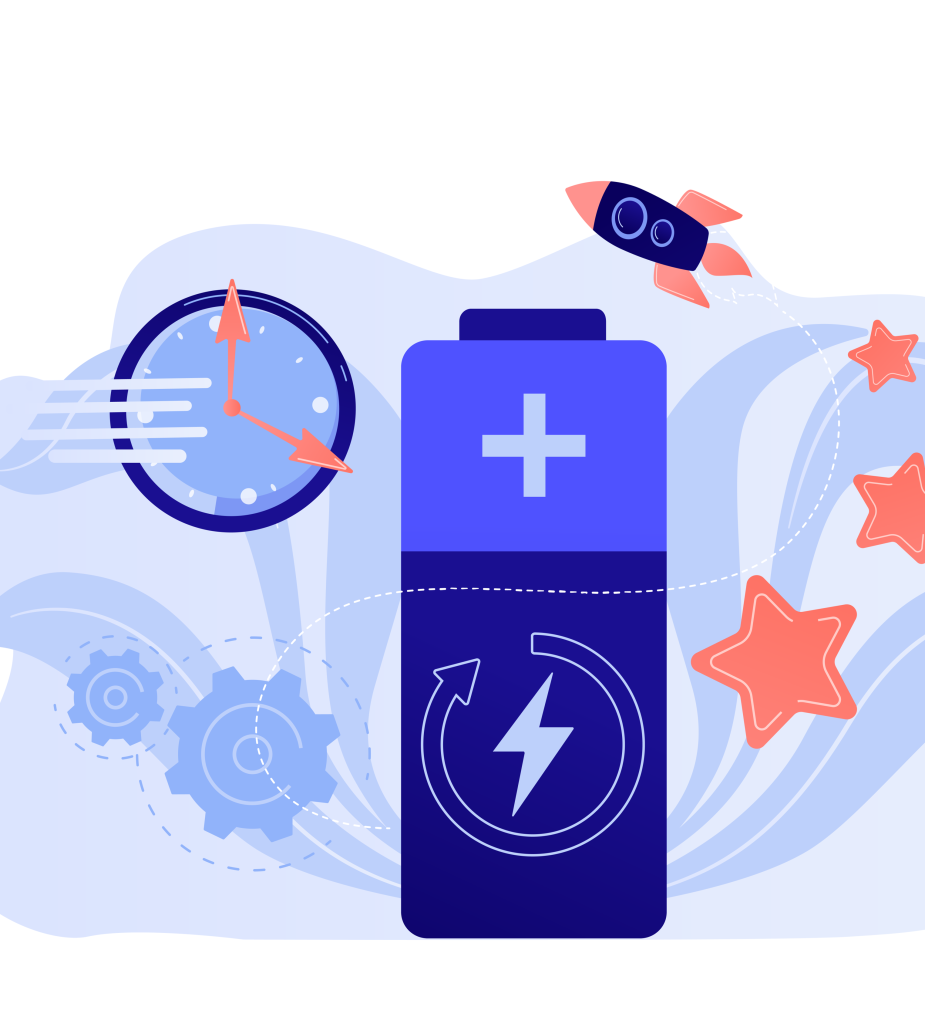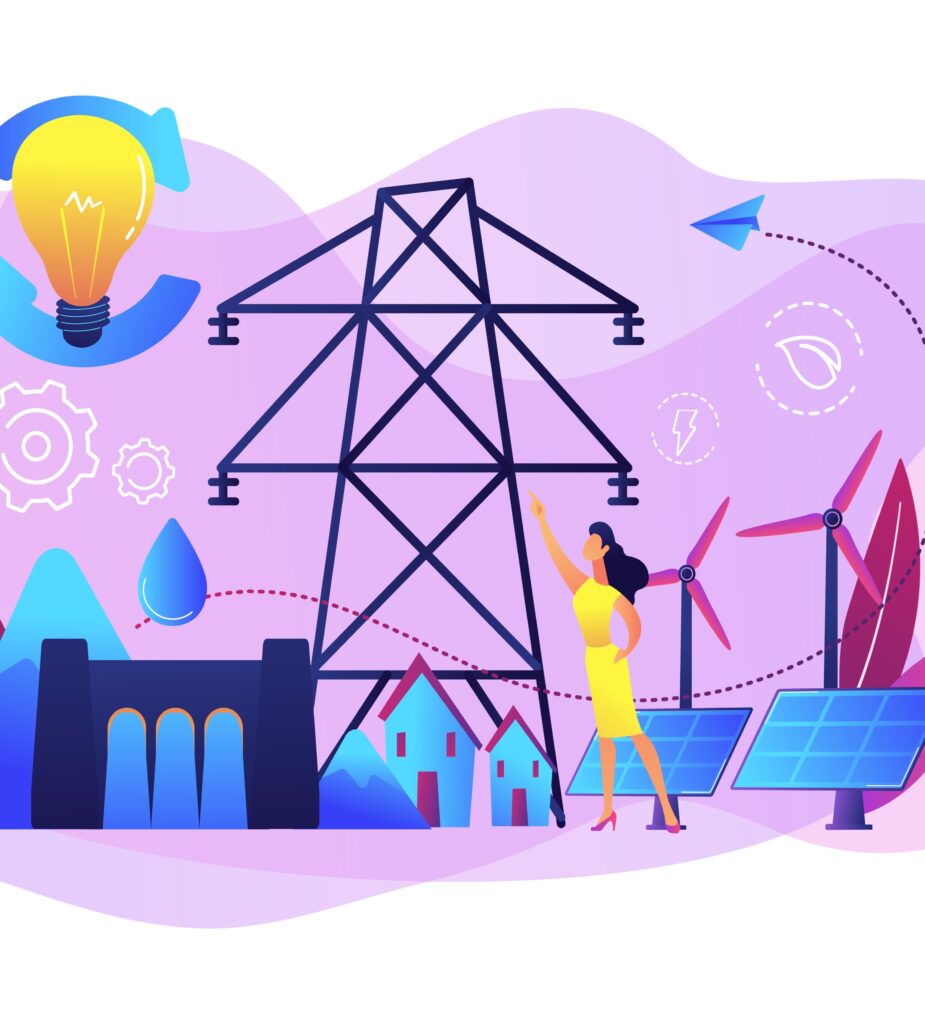
Grades 3-5

Don't have an account yet? Sign up for free
Don't have an account yet? Sign up for free
Students will be able to:

In this economics lesson, students will build homes in Minecraft to learn about resource choices.
Warm-up
Ask students what things are necessary to produce or build a house. Write 10-12 of their answers on the board. Answers will vary but should include such things as lumber, nails, saws, carpenters, drywall, roofers, land, and so on. Be sure to coach students until you get an example for each type of productive resource- natural, capital, and human. Students will be classifying these in a later activity. Tell students that productive resources are natural resources, human resources, capital resources, and entrepreneurship used to make goods and services.
Modeling
Define the types of resources as follows:
1. Human resources are intangible assets possessed by individuals, including knowledge, talent, skills, health, and values. This is also known as human capital. In more simple terms, human resources are people who work to produce a good or service. Examples of human resources are a truck driver, plumber, teacher and nurse. Ask the students for other examples of human resources. Write the students’ responses on a new section of the board under the title “Human Resources.” Then, ask the students to identify the human resources that they named in the warm -up used to build a house. Add these responses under the “Human Resources” column on the board. Next, distribute a copy of Human Resources in Minecraft to each student. Ask students who are familiar with the game to identify each image.
2. Natural resources are things that occur naturally in the world and can be used to produce a good or service. These resources are gifts of nature and are present without human intervention. Examples of natural resources are water, natural gas, granite, deer and minerals. Ask the students for other examples of natural resources. Write the students’ responses on a new section of the board under the title “Natural Resources.” Then, ask the students to identify the natural resources that they named in the warm -up used to build a house. Add these responses under the “Natural Resources” column on the board. Next, distribute a copy of Natural Resources in Minecraft to each student. Ask students who are familiar with the game to identify each image.
3. Capital resources are goods produced and used to make other goods and services. Examples of capital resources are an office building, computer, oven, and wrench. Ask the students for other examples of capital resources. Write the students’ responses on a new section of the board under the title “Capital Resources.” Then, ask the students to identify the capital resources that they named in the warm -up used to build a house. Add these responses under the “Capital Resources” column on the board. Next, distribute a copy of Capital Resources in Minecraft to each student.
Review the terms by saying that productive resources are used to make goods and services that people buy every day. Ask students what resources are necessary to produce a haircut. Answers will vary but should include things such as a comb, razor, clippers, electricity, scissors, hair stylist and so on. Ask students to classify the productive resources used to produce a haircut as natural, human or capital resources. Record their answers on the board. Answers will vary but should include the following: capital – comb, razor, clipper; natural– water; human – hair stylist. If students name the person whose hair is cut or the hair, explain that the consumer is not considered a resource.
Group Activity
Before giving directions to students, read Background Information for your reference. Note: A Microsoft 365 account is required in order for teachers to login to Minecraft Education Edition. Divide students into teams of 4 and have the groups work together on a computer and/or laptop. Students will be working together to build a home in Minecraft using natural, human, and capital resources. The game should be set to multiplayer mode so each student can build simultaneously. The instructions below are also included in Building a Home – a student handout. Students are only to receive the first page. The reflection activity is to be completed as an assessment.
Tell students after they finish their houses they will compare them to those of the other teams by comparing:
Tell students they will have 25 minutes to gather resources. They will then have 30 minutes to build their homes. Tell them their first task is to gather resources and decide who uses which tool, who gathers which resources, and how they allocate their resources during the building process.
Each team should choose four iron tools to be used by the team communally. Emphasize to them that they are not allowed to make their own tools. Disable tool/weapon crafting, if possible. Give each team 2 furnaces and 1 crafting table. Tell students to stop gathering resources and meet at their intended building location to decide on how they will build their home. Depending on the length of your class period, you may want to stop here and continue next time you meet.
Each student should write a reflection on the uses of productive resources in their team project. Have students complete the Reflection section of Building a Home.
Activity 1
Direct students to draw a spider diagram that illustrates the productive resources needed to produce a particular good of their choice. For example, if the main topic on the diagram was the good “hamburger” students could identify items such as beef, lettuce, and tomato under the sub topic “natural resource,” grills, cash registers, and wrappers under “capital resource,” and cashiers and cooks under “human resource.” Use the link to see an example of a Spider Diagram Template.
Activity 2
Print and make copies of the Restaurant Creation handout in the resources section. Distribute handout.

Grades 3-5

Grades 6-8, 9-12

Grades 6-8, 9-12

Grades 3-5
